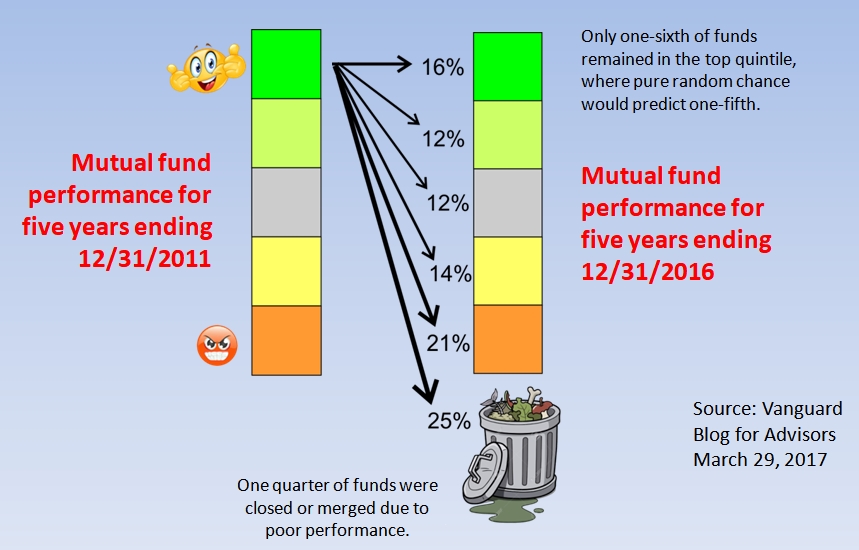My 401k moved to Fidelity a few months ago.
We have a limited number of funds available. We also have Stable Value fund but it is basically 0% return...ballast at best.
I initially selected a combination of Target Date (TD) funds to achieve my desired AA. The TD funds include Bond Funds. Bond fund price has fallen in the past month resulting in a 1% loss in my portfolio. I don't see bond funds helping me very much going forward.
I want to get out of TD funds and use lower cost individual funds.
The combined AA for all my Fido TD investments is:
Domestic Stocks 40%
Intl Stocks 12%
Bond Funds 14%
T bills/Short Term 3%
Stable Value 31%
This is what I propose:
FXAIX (SP500) 50%
FSPSX (Intl Fund) 10%
FSSNX (Small Cap) 5%
Stable Value 35%
The expenses for the Target Date funds are ~ 0.12%.
Proposed individual stock funds expenses < .05%.
I would appreciate any feedback.
We have a limited number of funds available. We also have Stable Value fund but it is basically 0% return...ballast at best.
I initially selected a combination of Target Date (TD) funds to achieve my desired AA. The TD funds include Bond Funds. Bond fund price has fallen in the past month resulting in a 1% loss in my portfolio. I don't see bond funds helping me very much going forward.
I want to get out of TD funds and use lower cost individual funds.
The combined AA for all my Fido TD investments is:
Domestic Stocks 40%
Intl Stocks 12%
Bond Funds 14%
T bills/Short Term 3%
Stable Value 31%
This is what I propose:
FXAIX (SP500) 50%
FSPSX (Intl Fund) 10%
FSSNX (Small Cap) 5%
Stable Value 35%
The expenses for the Target Date funds are ~ 0.12%.
Proposed individual stock funds expenses < .05%.
I would appreciate any feedback.

